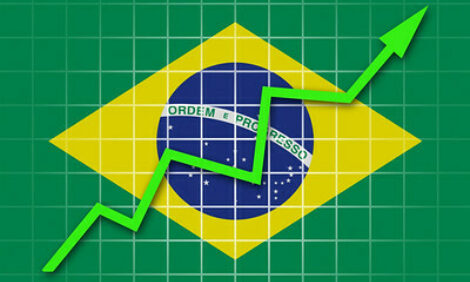



IPE 2012: Future of the US Poultry Industry Explored
ANALYSIS – Delegates at a half-day conference on the future of the poultry industry heard that technology can provide solutions to the the problem of feeding a growing global human population and that the US economy is already on its way to recovery. Senior Editor, Jackie Linden, reports from IPE Week."Technology is the answer to safe, affordable and abundant food," asserted Jeff Simmons, President of Elanco, at the Executive Conference on the Future of the US poultry industry yesterday, 25 January. The session was held in conjunction with the International Poultry Expo in Atlanta, US.
Faced with the realities of a growing global human population, rising demand for meat and dairy products, environmental limitations, economic constraints and political issues, he said that there is no bigger global issue today than the need to provide safe, abundant and affordable food to the seven billion people on the planet.
"The science must be right but there is a need to address too the economic, environmental, social/moral and consumer 'corners' of the issue," he continued, adding that Elanco has 30 people globally focusing exclusively on consumer issues.
With the Earth's resources finite, 70 per cent of the answer lies in technology to improve efficiency, said Mr Simmons.
Technology enables three 'rights', he said: food, a basic human right; choice, a consumer right and sustainability, which he described as environmentally right.
On the first, hunger is the number 1 health problem in the world – in that 25,000 people die worldwide from starvation every day and even developed countries present cases of ‘hidden hunger’, in which a significant minority of children, particularly, are undernourished.
Citing a recent study of international consumer attitudes in 26 countries between 2001 and 2010, Mr Simmons highlighted that the surveys reveal 99 per cent of consumers make their food purchases based on taste, cost, nutrition and choice. He sees the opportunities for the poultry industry to offer consumers choices in what they buy and eat and criticised some of the extreme fringe groups who represent a small proportion of the population but whose aims are, in effect, to limit consumer choice by imposing their views on the majority.
On the need to improve sustainability, Mr Simmons said: "We must freeze the footprint of animal production in order to feed the human population and maintain the planet."
Also speaking at the event was Jim Paulsen, chief investment strategist at Wells Capital Management, who offered his views on the economic and financial outlook, mostly for the US market.
He presented evidence to support his view that the recovery in the US has already started, including a rise in the numbers employed and the first signs of a return of consumer confidence – two factors that are closely linked, he said.
Highlighting the similar patterns between the present situation and the recessions of 1991 and 2001, he expects the recovery to be slow, rather than dramatic. This contrasts with the recovery following earlier recessions, which were sudden and dramatic and were followed by equally sudden recovery. He explained that the earlier recoveries were boosted by significant increases in the labour market but, since the 1980s, the US population has been rising more slowly as the result of a falling birthrate and limits on immigration, two factors that put a brake on growth.
In Mr Paulsen's view, 2012 is a ‘gear year’: two to three years after a recession, unemployment begins to fall and consumer confidence returns, increasing spending and thus leading to economic growth. He asserted that the downturn is caused less by the rise in unemployment and more by the reluctance of the employed population to spend money as they prefer to ‘play it safe’ and save during these periods.
Mr Paulsen has calculated that the current rate of GDP growth in the US is, in fact, the fourth best in the last 50 years, and he forecasts it will be between 3.0 and 3.5 per cent this year.
Turning his attention to Europe, Mr Paulsen described the current situation in the Euro–zone as a chronic problem rather than an imminent calamity, now that the problem is now being treated as an economic issue, rather than a political one. Whilst economic growth in the region will be slow, at best, he is not predicting financial contagion. He asserted that the solution to the EU problem lies in stimulating growth rather than imposing austerity.
For the emerging economies, Mr Paulsen expects a return to growth in 2012 after they were held back last year to prevent ‘overheating’.










